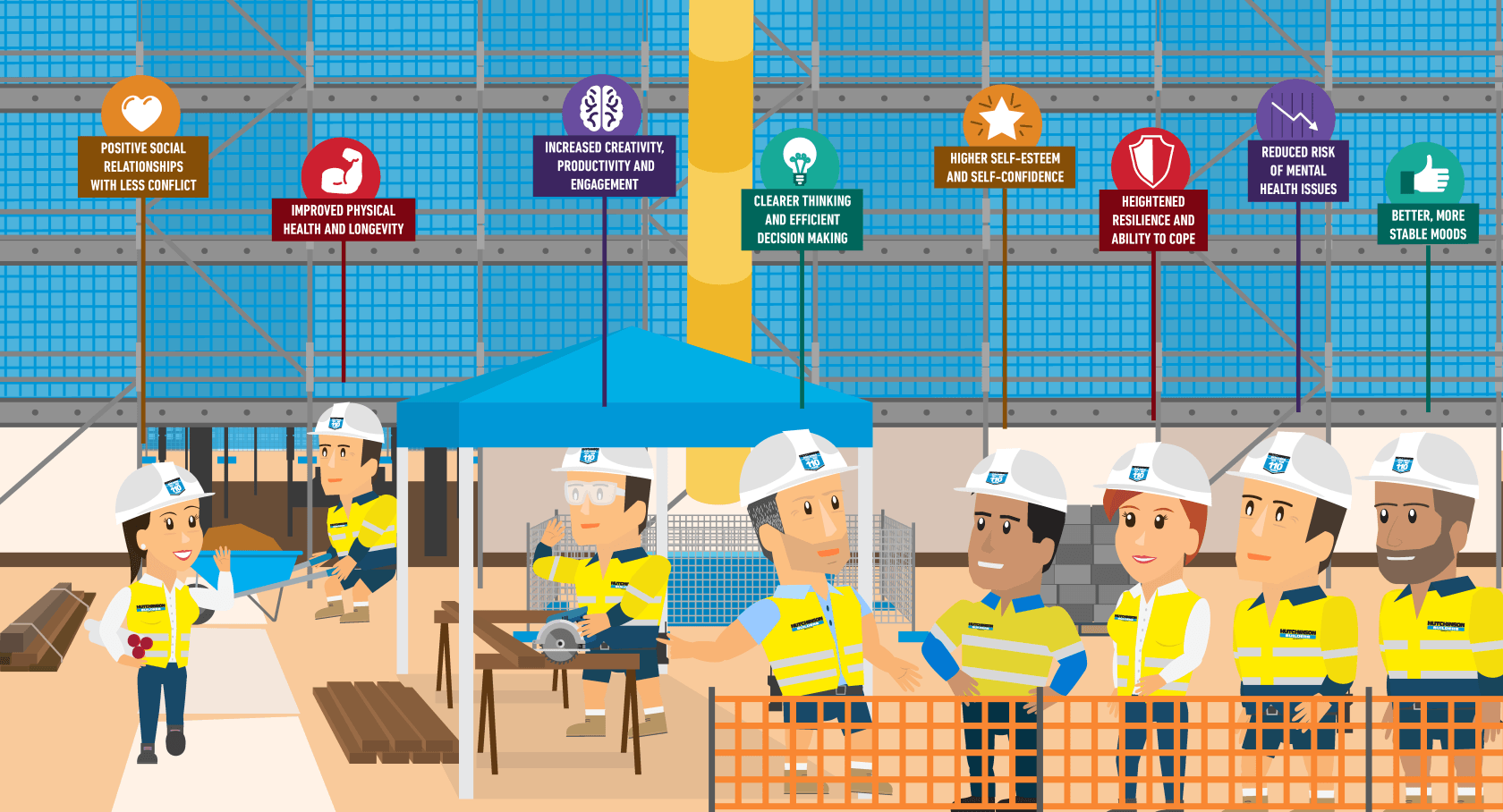Know the symptoms and be on alert. If you experience any of the following symptoms, don’t come to work. Notify your Team Leader and contact your nearest medical centre / hospital to get tested.
- Fever
- Cough
- Shortness of breath
- Sore throat
Other symptoms can include runny nose, headache, muscle or joint pains, nausea, diarrhoea, vomiting, loss of sense of smell, altered sense of taste, loss of appetite and fatigue.
Symptoms can develop between two to 14 days after you are exposed to the virus. Most commonly, symptoms develop five or six days after exposure.
The practical measures such as good hand hygiene and social distancing during the pandemic have positively contributed to a dramatic reduction in cases of influenza across Australia. This means that the experience of cold or flu-like symptoms may in fact be COVID-19 so it’s important to confirm via a test.
If you need advice, call Australia’s COVID hotline 1800 020 080 (24 x 7)

